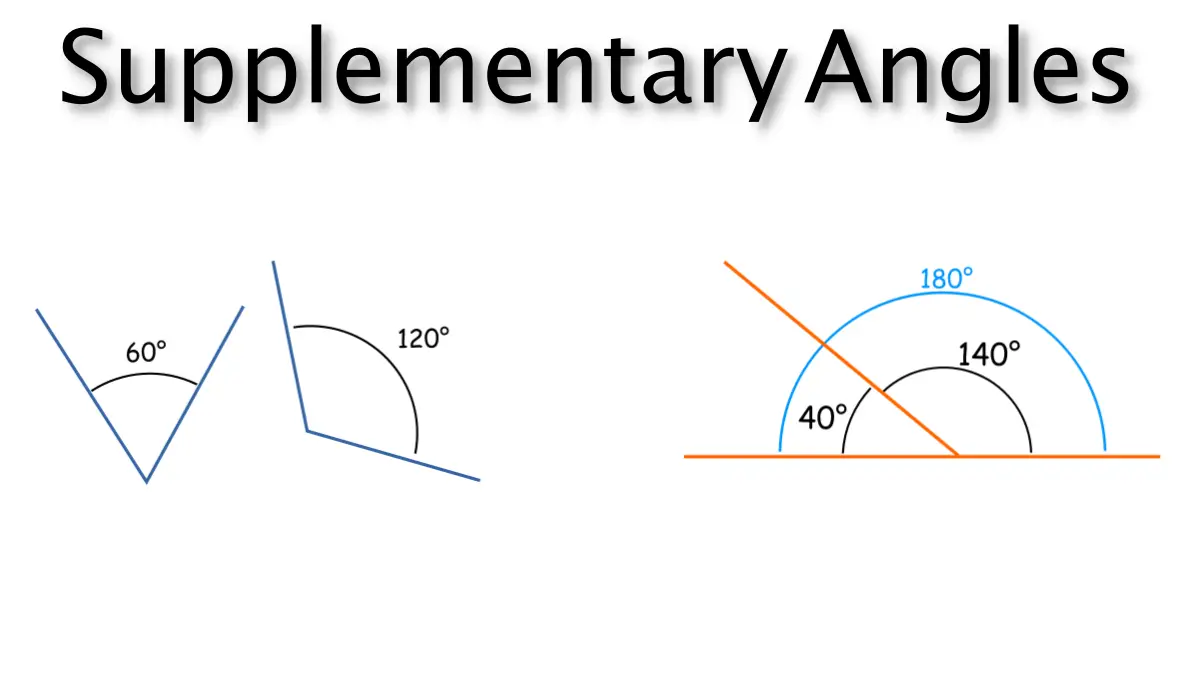Angles are those spaces formed between two intersecting lines. They are measured in degrees. Angles make up part of many structures and shapes in the world around us.
Supplementary angles in geometry are angles whose sum is 180 degrees. These angles, therefore, form a straight line when joined together.
However, they do not have to be next to each other in order to be supplementary. Thus, any two angles that add up to 180 degrees can be supplementary.
Properties of Supplementary Angles
In geometry, supplementary angles are:
- Any two angles that add up or whose sum is 180 degrees.
- Any two angles that form a straight line when they are joined together
Types of Supplementary Angles
- Adjacent supplementary angles: These are supplementary angles that share a common arm (or side) as well as a common corner (vertex). They therefore lie next to each other and are part of the same line segment.
- No-adjacent supplementary angles: These are supplementary angles that do not share a common vertex (corner) or a common arm. They do not lie next to each other and may not be part of the same line segment. However, the sum of these angles is 180 degrees.
Here are real-life examples of supplementary angles
1. Partially open door
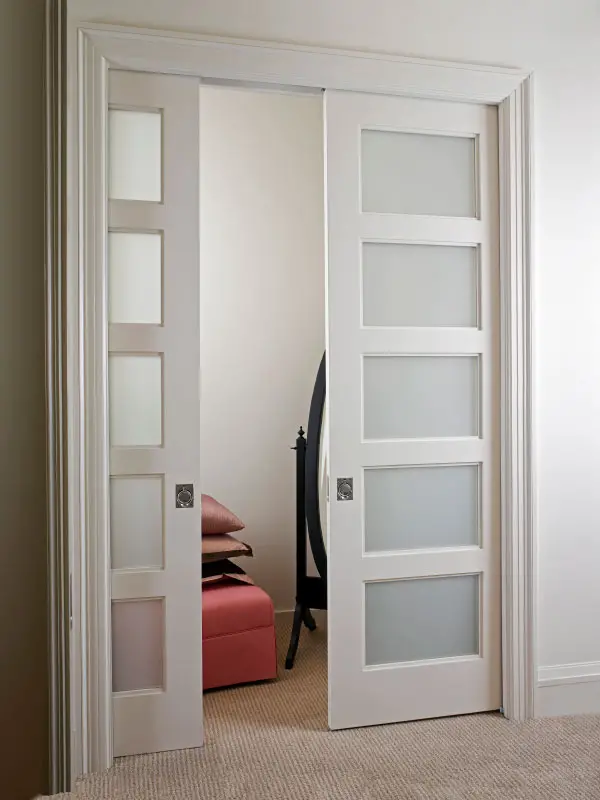
If you were to draw a line along a wall with a closed door, you would have a straight line.
When the door is opened partially, angles are formed on either side of the door at the point where the door is hinged to the wall.
These angles share a common arm (the door) and a common vertex (the door hinge). Their sum is 180 degrees. They are supplementary angles.
2. A tree branch growing from a tree trunk

Many of us loved to swing off tree branches when we were younger.
Tree branches form supplementary angles at the point where they emerge from the tree trunk.
The angles on either side of the branch can be summed to get 180 degrees. The branch is the common arm shared by these angles.
3. A pole in the ground
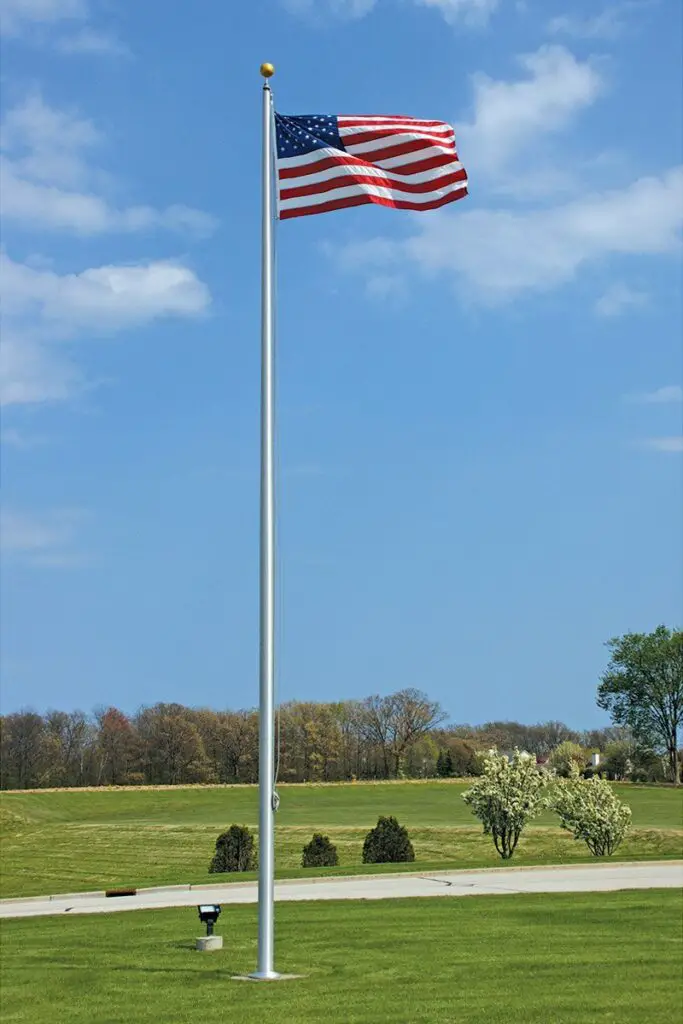
A pole, such as a flag pole, in the ground will form supplementary angles in relation to the ground.
The angles are formed at the point where the pole meets the ground.
The angles share a common arm (the pole). The sum of the angles is 180 degrees. They are adjacent and form a straight line.
4. A ladder leaning against a wall
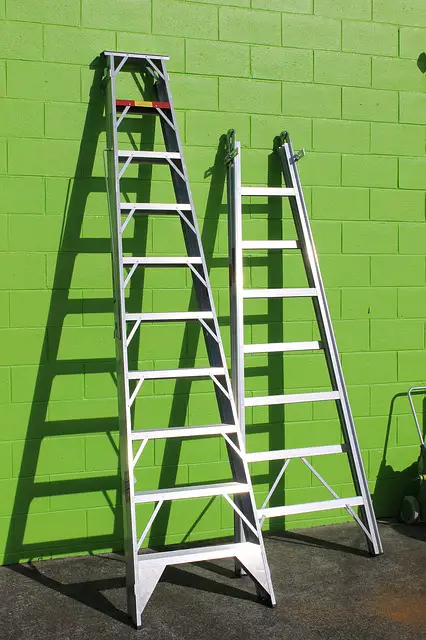
A ladder leaning against a wall forms supplementary angles at the point where the ladder touches the ground.
The angles are formed on either side of the ladder. They share a common arm (the ladder) and their sum is 180 degrees. They are adjacent supplementary angles.
Also Check: 15 Real-Life Examples of Corresponding Angles
5. A T-junction
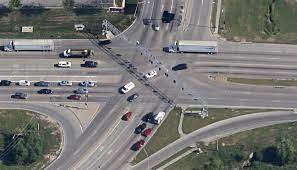
A T-junction is formed when two roads intersect. Supplementary angles are formed at the point where the roads intersect.
The angles share a common arm (the road that ends at the T-junction). They also have a common vertex (the T-junction).
The sum of these angles is 180 degrees. They are therefore adjacent supplementary angles.
6. A wheel chair ramp
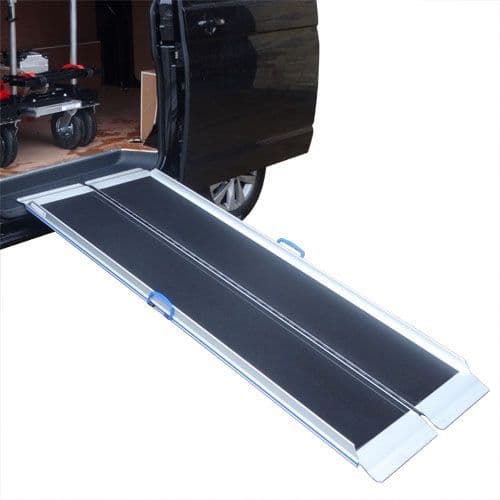
A wheelchair ramp is used to make it easier for people using wheelchairs to move from one level to another. These ramps are inclined planes.
They form supplementary angles in relation to the level surface from which they rise.
The angles are formed at the point where the ramp meets the level surface.
The ramp acts as the common arm between the adjacent angles. The sum of these angles is 180 degrees.
7. An open book with an open page

When you’re reading a book while seated at a table, you will most likely lay it flat on the table.
When you’re done with one page, you flip the page to read the next page.
This action results in the formation of supplementary angles. The angles are formed on either side of the open page at the point where the page is joined to the rest of the book.
The page acts as the common arm and the spine of the book as the vertex.
8. An open laptop

Need to get some work done on your laptop? When you place your laptop on a table and open it to up to use it, supplementary angles are formed at the point where the laptop folds and touches the table.
The laptop’s screen is the common arm between the angles. The sum of the angles is 180 degrees.
Final Thoughts
As you can see, supplementary angles are common around us.
They form part of our day-to-day structures and are also formed as a result of our actions.
Can you identify supplementary angles around you?
Image sources: 1, 2, 3, 4

